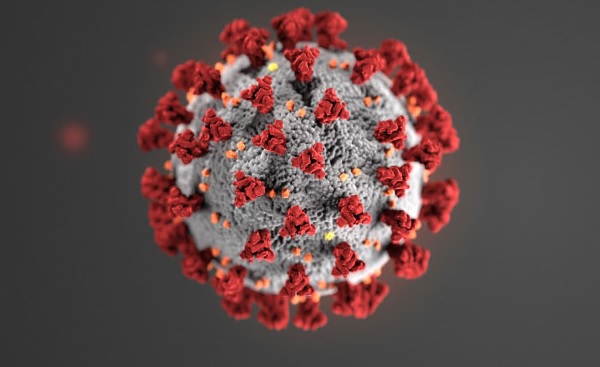
Luxembourg's Ministry of Health, together with the National Health Laboratory (Laboratoire National de Santé - LNS) and the Luxembourg Institute of Science and Technology (LIST), have issued a COVID-19 retrospective for the period from 29 March to 4 April 2021.
For the week in question, the number of people testing positive for COVID-19 decreased from 1,685 to 1,544 (down 8.4%), whilst the number of their identified close contacts decreased from 4,129 to 3,464 (down 16.1%) over one week.
The number of PCR tests carried out last week increased from 67,052 to 79,883.
130 individuals tested positive following a rapid antigen test.
As of Sunday 4 April 2021, the number of active infections stood at 3,556 (compared to 3,571 as of 28 March) and the number of people having recovered from the virus increased from 56,762 to 58,302. The average age of people diagnosed with COVID-19 has dropped to 36.5 years.
The number of weekly deaths fell from 20 to nineteen over one week. The average age of those who died was 79 years.
There has been a slight increase in hospital admissions, with 111 COVID-19 patients being treated in normal care and 29 in intensive care, compared to 107 and 21 respectively the previous week.
The two COVID-19 consultation centres (CCC), located in Luxembourg-Kirchberg and Esch-sur-Alzette, have recorded a total of 11,508 visits to date, including 586 visits last week (compared to 661 the previous week).
For the reference period, the effective reproduction rate (RT eff) decreased to 0.88 (compared to 1.12 the previous week), as did the positivity rate on all tests carried out (1.93% compared to 2.51% the week before; average over the week). The positivity rate on tests performed through a doctor's prescription (i.e. people with symptoms) decreased from 5.67% to 4.02%.
The incidence rate was 247 cases per 100,000 inhabitants (down from 269) over seven days. Compared to the previous week, the incidence rate decreased across all age groups except among 30-44 year-olds (up 6%). The 75+ age group recorded the largest decrease (down 42%) over one week, followed by the 0-14 (down 18%) and 60-74 (down 16%) age groups. Both the 60-74 and 75+ age groups now have the lowest incidence rates with 149 and 155 cases per 100,000 inhabitants respectively. The 15-29 age group had the highest incidence rate with 317 cases per 100,000 inhabitants.
For the week of 29 March to 4 April, 3,466 people were in isolation (up 9%) and 4,732 were in quarantine (down 13%).
The family circle remained the most frequent context of transmission of COVID-19 infections (34.5%), followed by the education environment (4.5%) and the workplace (4.0%). The source of infection was not clearly attributable in 47.9% of cases.
Vaccinations: update
For the week of 29 March to 4 April, a total of 19,333 vaccine doses were administered in Luxembourg: 15,240 people received their first dose whilst 4,093 people received their second dose. This brings the total number of vaccinations administered as of 6 April to 108,940.
According to the information available to date, Luxembourg will have a sufficient number of vaccines to vaccinate 128,447 people until the end of April 2021. However, allocations are likely to be adjusted from week to week according to production capacities in manufacturing and deliveries.
Evolution of variants
For the week of 22 to 28 March 2021, population sequencing coverage was 32.4%, thus significantly higher than the optimal rate of 10% recommended by the European Centre for Disease Prevention and Control (ECDC) for a representative sample.
Concerning the representative sampling of 548 samples carried out for week 12/2021, the following distribution can be observed:
- the British (UK) variant (B.1.1.7) represented 74.1% of cases;
- the South African (SA) variant (B.1.351) represented 18.1% of cases.
Wastewater monitoring
The latest CORONASTEP report drawn up by the Luxembourg Institute of Science and Technology (LIST) indicated a continued high prevalence of the virus in wastewater nationwide. An upward trend was observed throughout the week of 29 March to 4 April, although contamination levels remained of the same magnitude as the previous week. Analyses in the coming weeks should confirm this trend.








